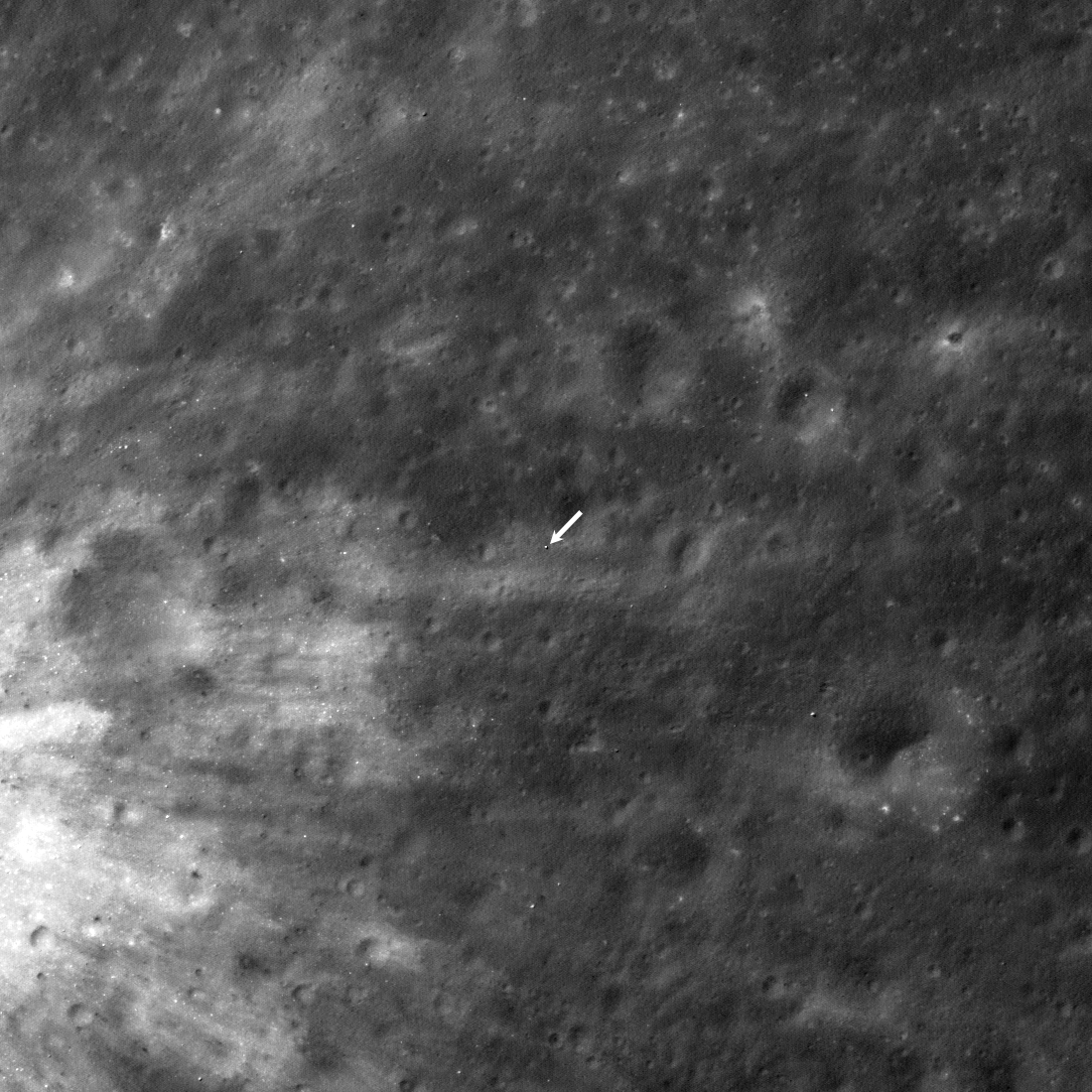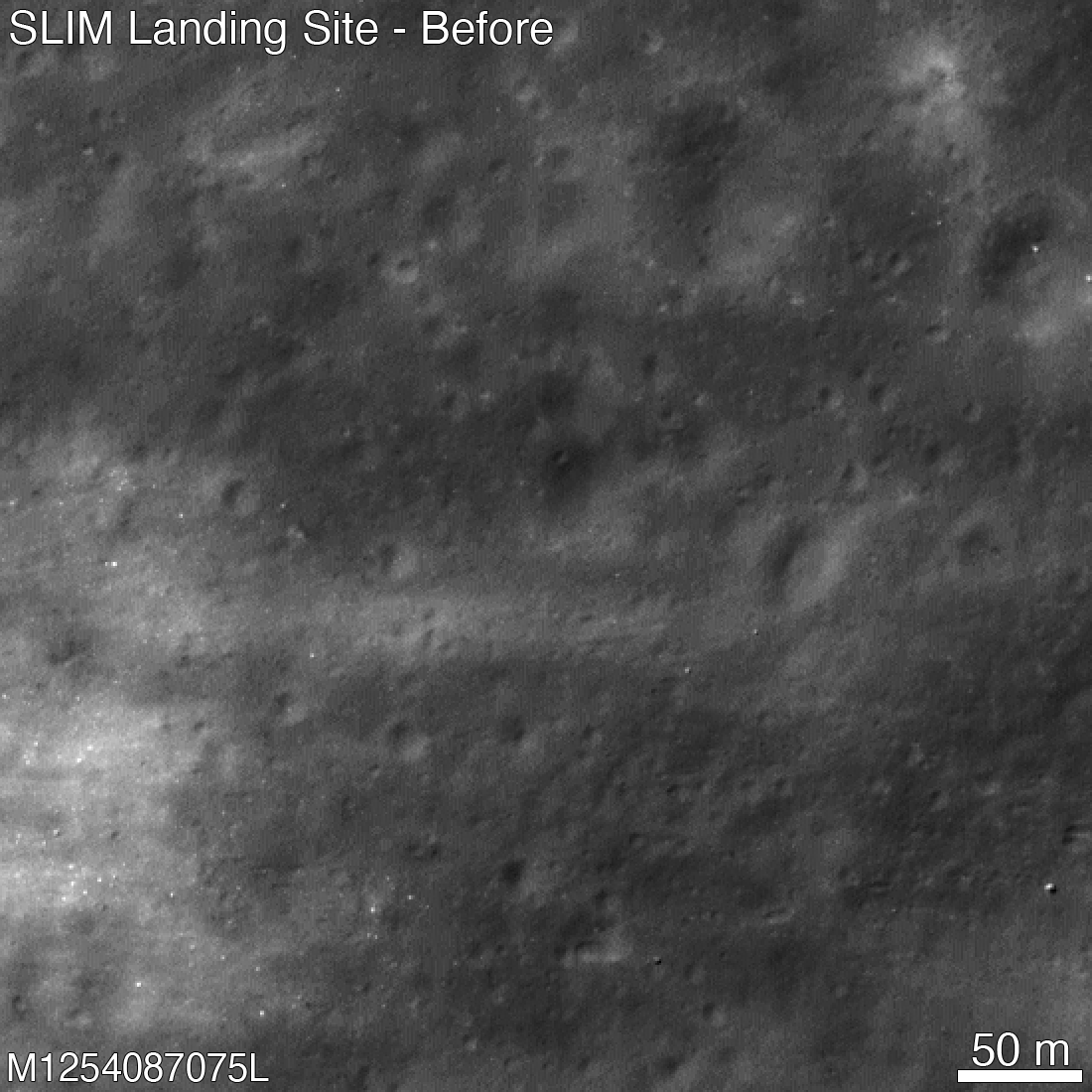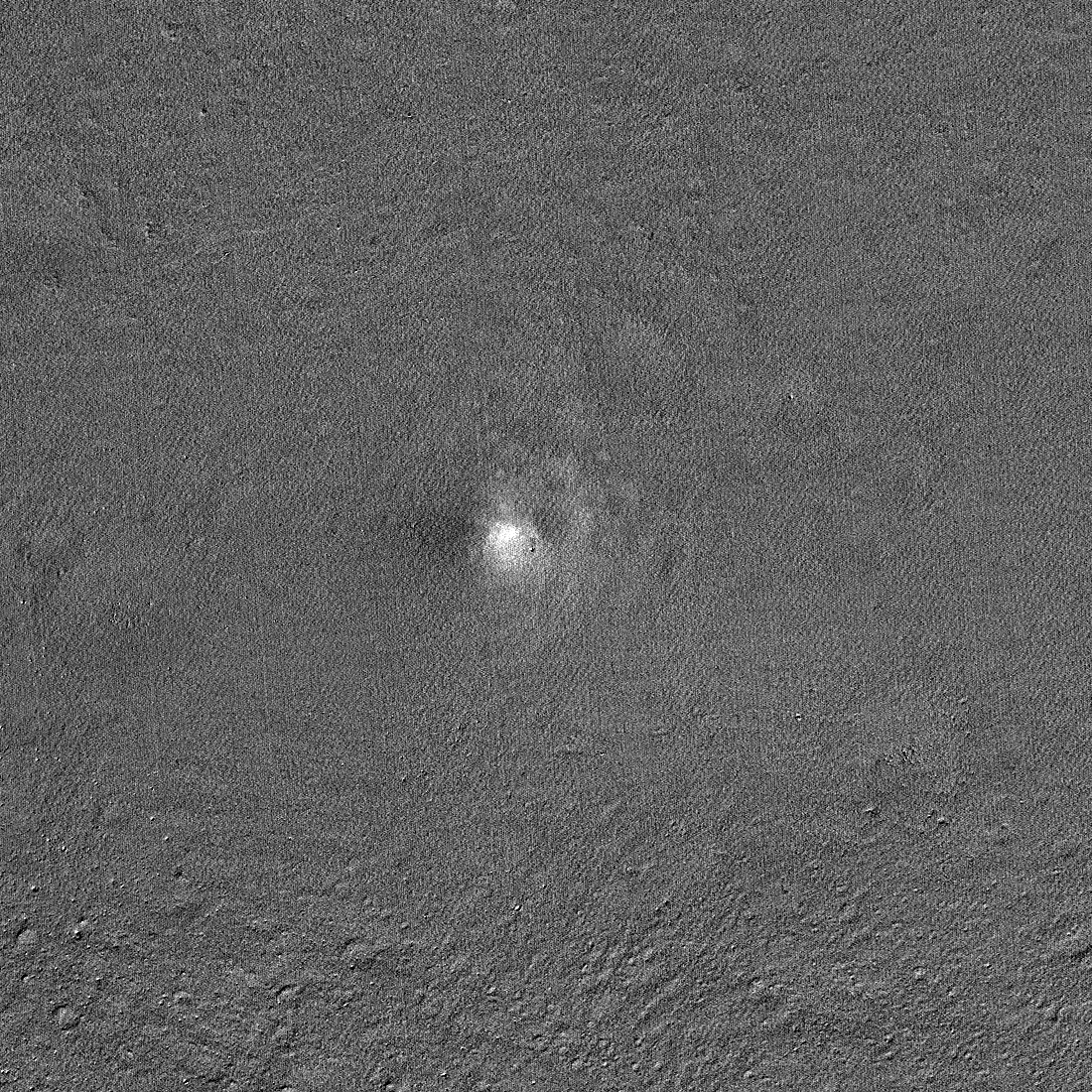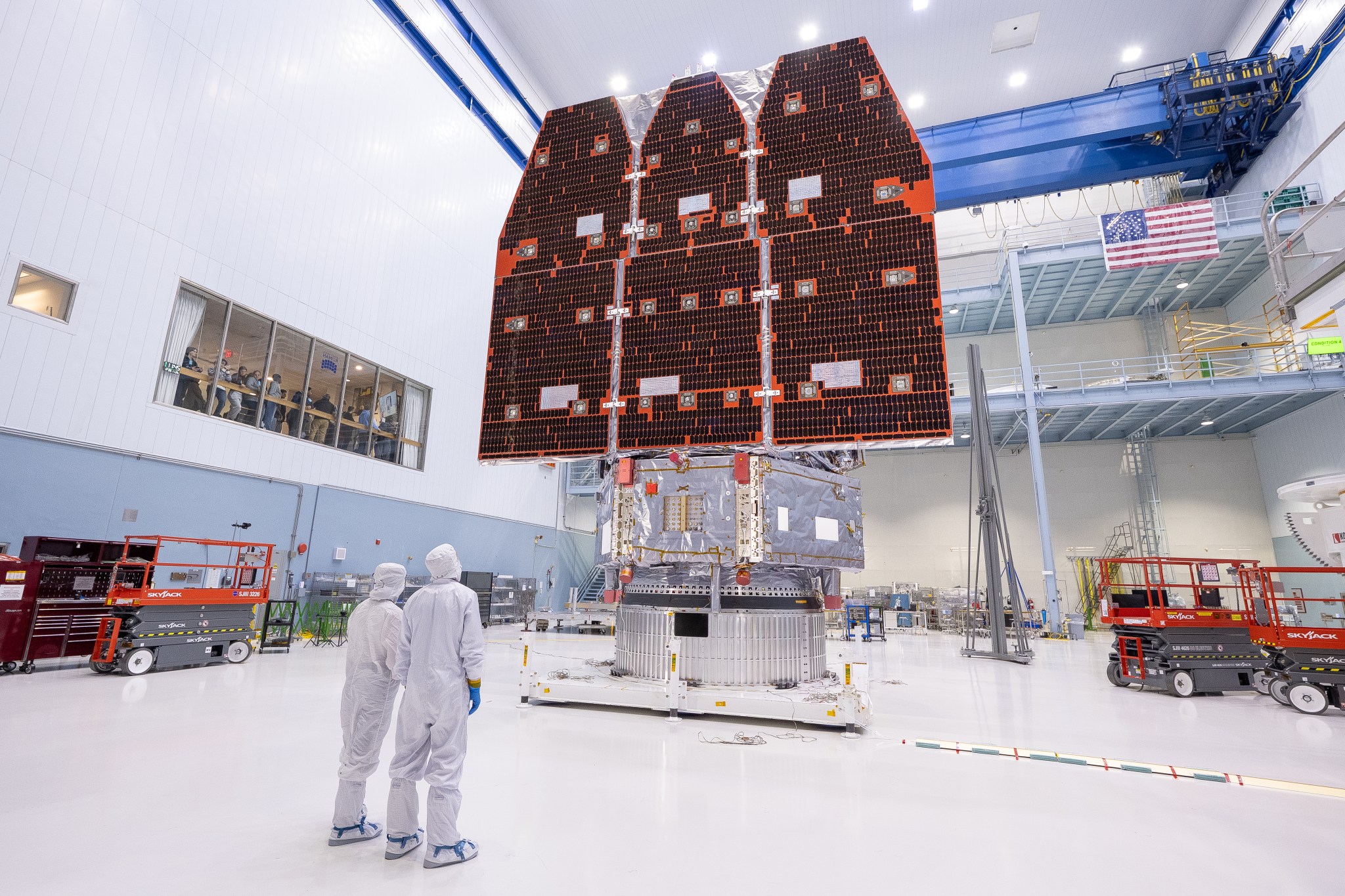1 min read
Preparations for Next Moonwalk Simulations Underway (and Underwater)
On Jan. 19, 2024, at 10:20 a.m. EST, the JAXA (Japan Aerospace Exploration Agency) Smart Lander for Investigating Moon (SLIM) landed on the lunar surface. Five days later, NASA’s Lunar Reconnaissance Orbiter (LRO) spacecraft passed over the landing site and photographed SLIM.

LRO acquired the image at an altitude of about 50 miles (80 km). Bright streaks on the left side of the image are rocky material ejected from the nearby, relatively young Shioli crater.
Japan is the fifth nation to complete a soft landing on the lunar surface.


LRO is managed by NASA’s Goddard Space Flight Center in Greenbelt, Maryland, for the agency’s Science Mission Directorate at NASA Headquarters in Washington. Launched on June 18, 2009, LRO has collected a treasure trove of data with its seven powerful instruments, making an invaluable contribution to our knowledge about the Moon. Arizona State University manages and operates the Lunar Reconnaissance Orbiter Camera, LROC.
Media Contact:
Nancy N. Jones
NASA’s Goddard Space Flight Center, Greenbelt, Md.
Details
from NASA https://ift.tt/jrYNpPR


No comments:
Post a Comment